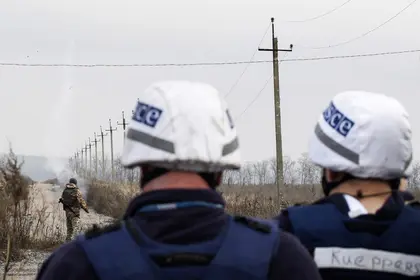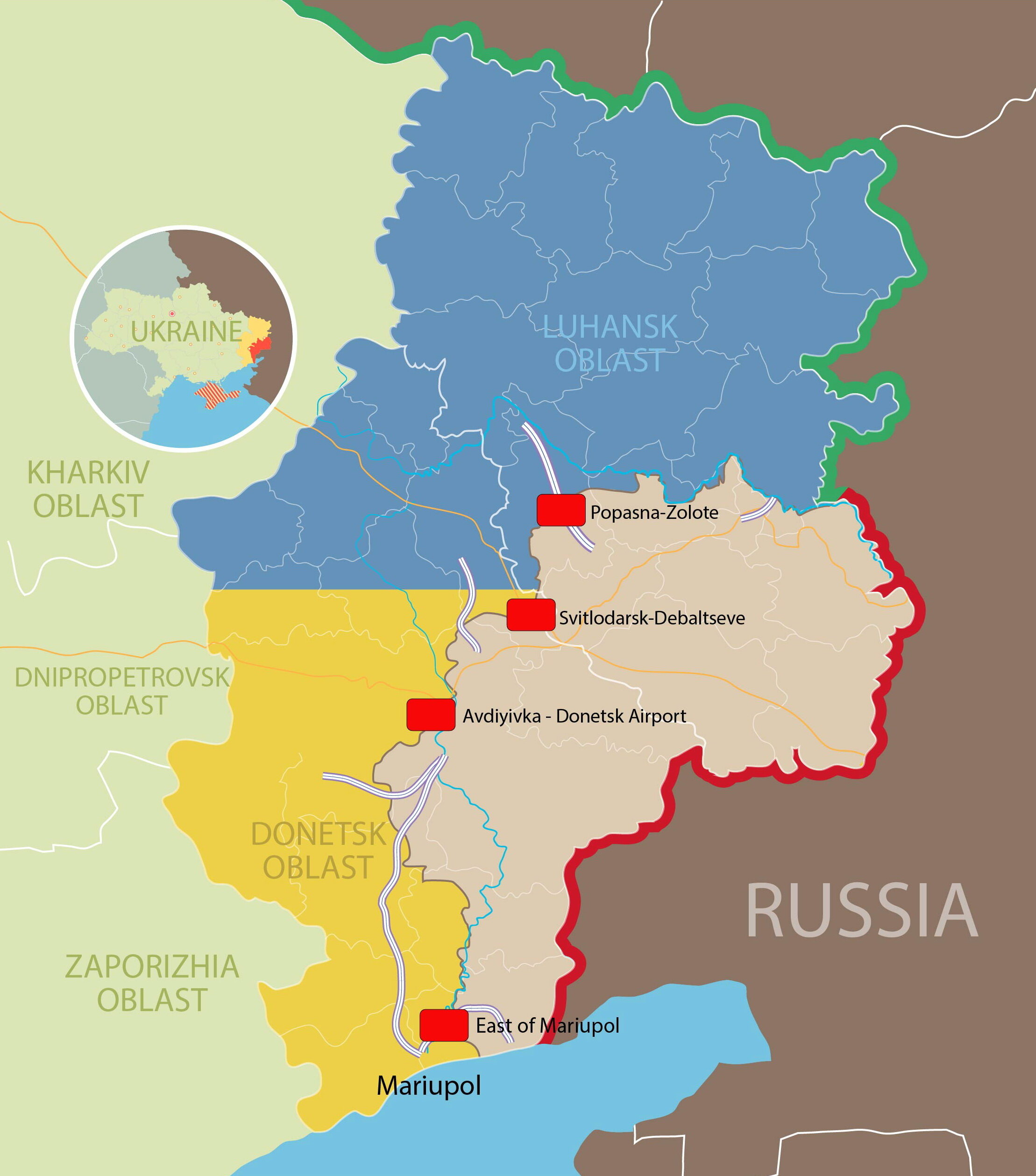As many as 134,767 ceasefire violation have been recorded in the war zone of Donbas throughout 2020, according to international observers on the ground.
This, however, constitutes a drastic drop of 55% compared to 299,633 violations recorded in 2019, according to statistics from the Organization for Security and Cooperation in Europe (OSCE).
In its recently published annual report, the organization’s Special Monitoring Mission in Ukraine (SMM) said that a “drastic decrease” in hostilities along the region’s 420-kilometer contact line had been observed after July 27, when the latest ceasefire began between Ukrainian forces and Russian-sponsored militants .
“The daily number of ceasefire violations fell almost twenty-fold after that date (623 to 33 respectively,)” the report says.
President Volodymyr Zelensky’s administration strongly supports the July 27 armistice, which it has called “the most sustainable ceasefire” since the war’s outbreak in 2014. Nonetheless, at least 10 Ukrainian soldiers were killed in armed clashes with Russian-backed militants or from sniper fire since July 27.
In general, the Ukrainian military reported 50 service members killed and 338 injured in 2020.
According to the OSCE, 76% of all ceasefire violations were recorded near four hotspots, namely:
- A frontline section between the towns of Popasna, Zolote and Pervomaisk in Luhansk Oblast
- The triangle between the cities of Avdiyivka and Yasynuvata and Donetsk Airport
- East and northeast of the port city of Mariupol
- The Svitlodarsk-Debaltseve area
Nonetheless, since the ceasefire entering into force, the OSCE has seen “the lowest levels of violence since the beginning of the conflict.”
For instance, the armistice decreased the civilian death toll “due to shelling and small arms fire” by as much as 93%. In 2020, 24 civilians were killed and 105 were injured. Even though hostilities have largely died down, 51% of civilian casualties were caused by unexploded ordnance and landmines.
The international monitoring mission reported 1,800 cases of weapons proscribed under the Minsk peace accords, such as heavy mortars and artillery pieces, being deployed within their keep-out zones too close to the front line in violation of the agreement.
According to the report, Russian-backed militants continued largely ignoring the armistice provisions — 87% of prohibited weapons were spotted by the OSCE in the Russian-occupied zone.
The Ukrainian military-police contingent holding the Donbas front line appears to be way more transparent to international inspectors than the Russian-backed forces.
In OSCE’s own words, its monitors have seen nearly 850 denials of access to various war zone sectors, with 96% of restrictions put up by Russian-backed militants.
“Such incidents were concentrated in the south of non-government-controlled areas of Donetsk region, as well as on checkpoints near closing routes,” the mission said.
As of Feb. 15, the OSCE mission deploys nearly 550 international unarmed civilian monitors (including 39 Russian nationals) in the war zone of Donbas on both sides of the frontline.
As many as over 13,000 civilians and combatants, including 4,000 Ukrainian warfighters, have been killed in Russia’s war in Donbas, which has continued since spring 2014.
You can also highlight the text and press Ctrl + Enter





